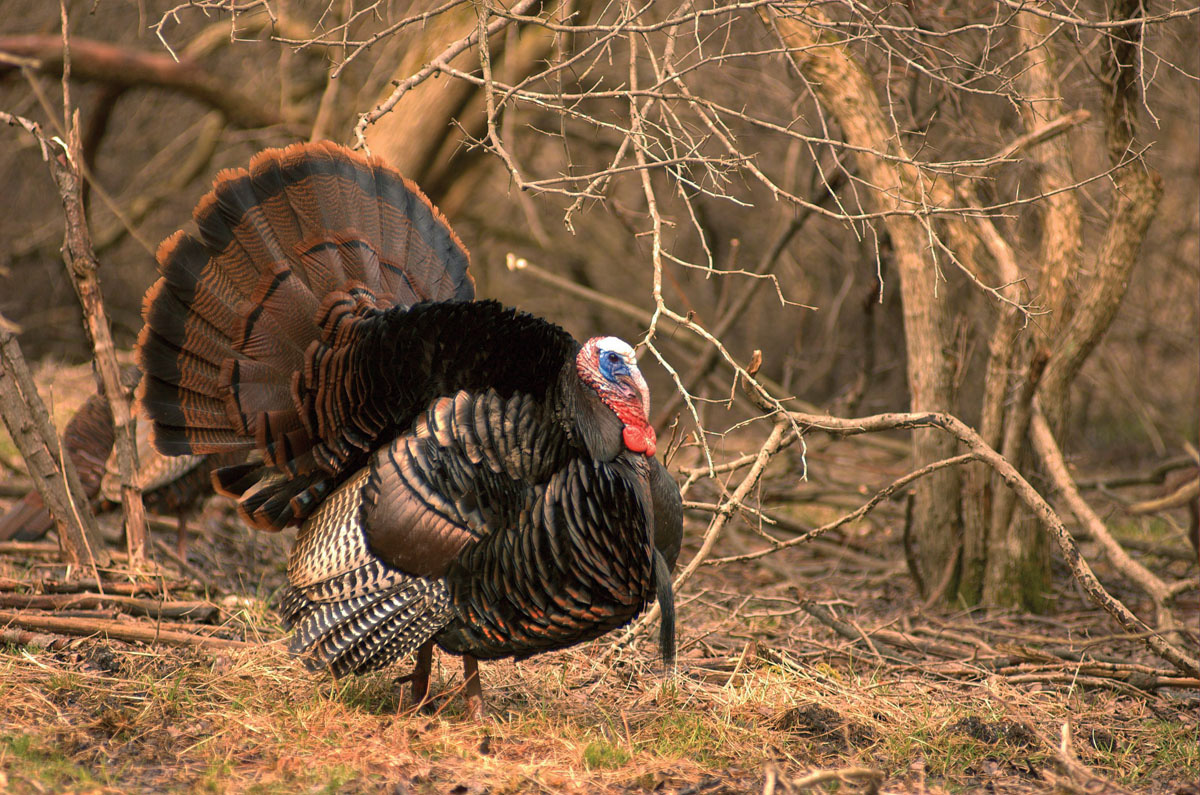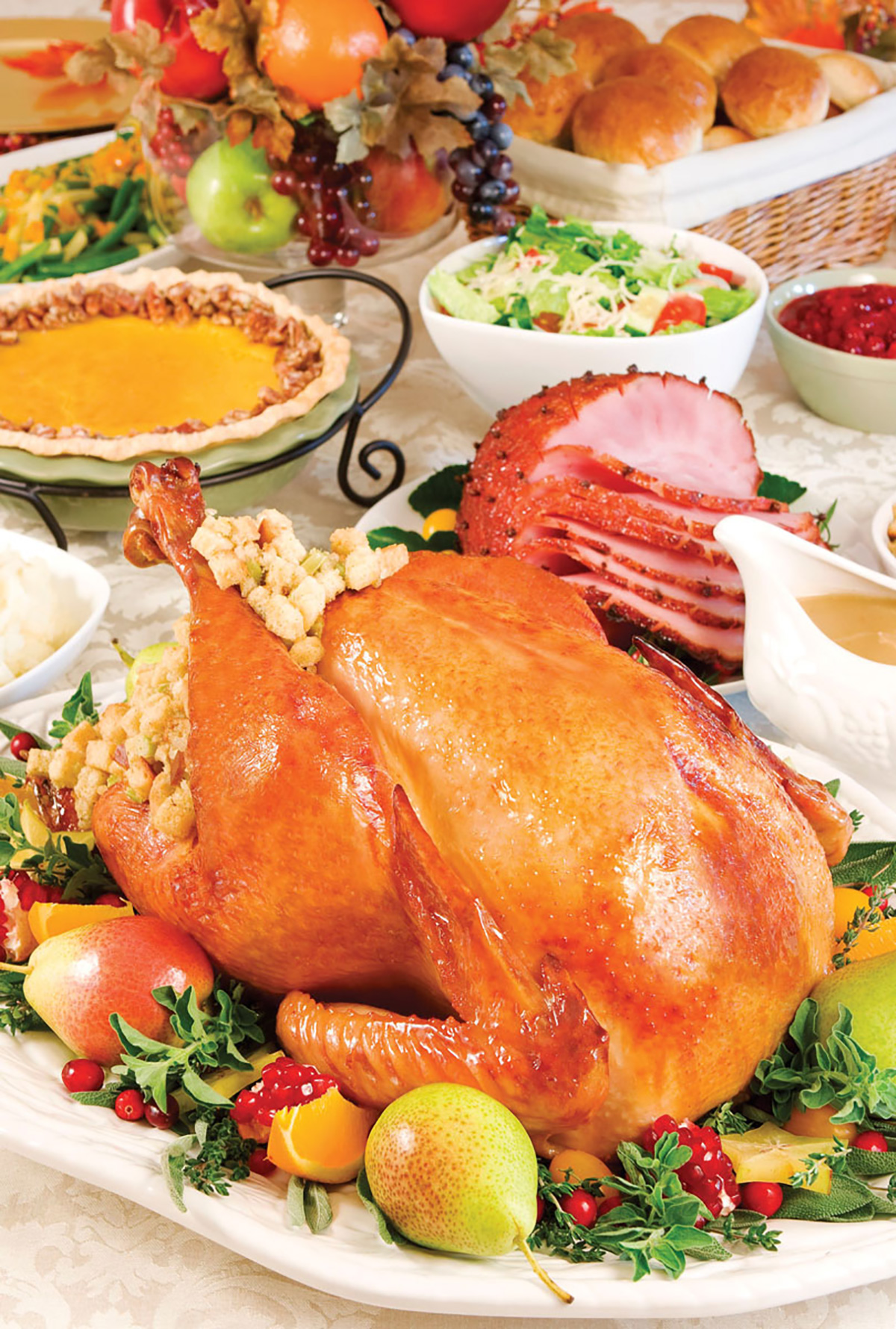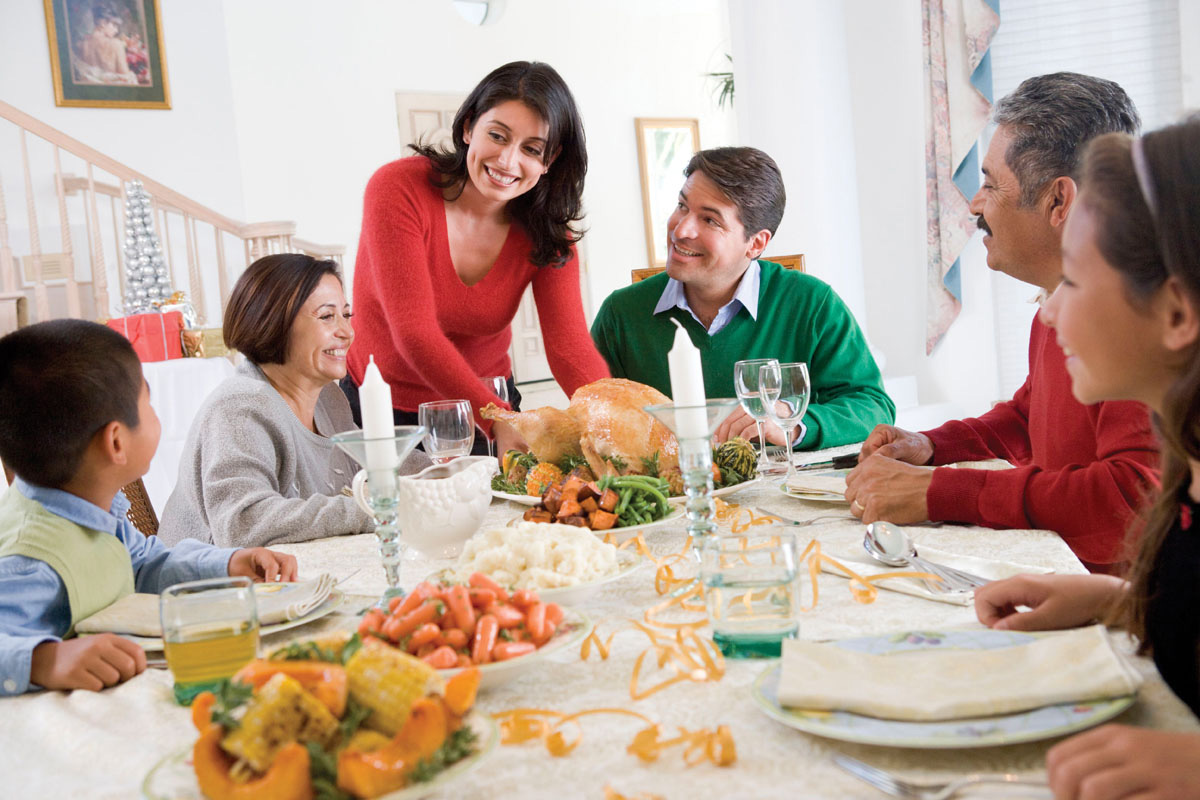 Every year around this time it starts, every magazine, newspaper, news station, and every other media outlet will does a story on some way overdone aspect of Thanksgiving. Whether it’s a glossy swearing their editors have the best way to cook a turkey; a middle-aged columnist reminding us about the true meaning of Thanksgiving; a sensationalist news anchor talking about the terrifying dangers of deep-frying a turkey; or a fitness freak speaking with disgust about how we stuff our faces while our waistlines and cheeks continue expanding uncontrollably. But don’t worry, I’m not writing to hit on some amazing, somehow missed, inspirational part of Thanksgiving, my only goal is to save you some time. Instead of reading article after article just read mine, chances are you won’t miss much, and you definitely won’t make a mess by experimenting with a new recipe that’s destined for disaster.
Every year around this time it starts, every magazine, newspaper, news station, and every other media outlet will does a story on some way overdone aspect of Thanksgiving. Whether it’s a glossy swearing their editors have the best way to cook a turkey; a middle-aged columnist reminding us about the true meaning of Thanksgiving; a sensationalist news anchor talking about the terrifying dangers of deep-frying a turkey; or a fitness freak speaking with disgust about how we stuff our faces while our waistlines and cheeks continue expanding uncontrollably. But don’t worry, I’m not writing to hit on some amazing, somehow missed, inspirational part of Thanksgiving, my only goal is to save you some time. Instead of reading article after article just read mine, chances are you won’t miss much, and you definitely won’t make a mess by experimenting with a new recipe that’s destined for disaster.
Before I get into the nitty gritty, I just want to make sure we all know the basic story behind this calorie-packed celebration. It’s all about the Pilgrims and Native Americans breaking bread, right? Sure. But just in case you ever make it onto Jeopardy!, you should know that although there were a few Thanksgiving feasts that took place from St. Augustine to Jamestown, the Turkey Day that most of us think of took place in 1921 at the Plymouth Plantation. This celebration between the Pilgrims and the Wampanoag tribe was mainly due to the actions of Squanto, a Native American who had learned English as a slave in Europe. He acted as an interpreter, teaching the Pilgrims to grow corn and catch eel. Annual days of thanks took place sporadically until 1863 when, in the midst of the American Civil War, Abraham Lincoln proclaimed the last Thursday of November as a national “day of giving thanks” in the U.S. In 1941, “Thanksgiving Day” was made federal law under Franklin D. Roosevelt as the fourth Thursday in November, as we celebrate it today.
 And so it came that Thanksgiving is one of those welcomed exceptions when history repeating itself is a good thing. When it comes to the main event, every family has their favorite dishes made from secret recipes passed down for generations. The loyalty a cook has to a favorite family recipe is one I would be crazy to try and get in between, but I’m going to offer a few tips on the star of the show, the turkey.
And so it came that Thanksgiving is one of those welcomed exceptions when history repeating itself is a good thing. When it comes to the main event, every family has their favorite dishes made from secret recipes passed down for generations. The loyalty a cook has to a favorite family recipe is one I would be crazy to try and get in between, but I’m going to offer a few tips on the star of the show, the turkey.
Three things to remember for a better turkey: stuffing is bad, always brine, and ignore that pop-up thermometer. Physically stuffing the turkey does nothing more than dry out the meat by adding cooking time. Instead, cook grandma’s special stuffing in the oven separately or on the stove. Brining is the secret to incredibly flavorful and moist turkey. A brine is a mixture of salt and water with sugar and spices sometimes added. The turkey is soaked in the solution for 10 hours, allowing the seasonings, natural flavors and moisture to be carried deep in the meat.
The next tip I’d like to offer resulted from a personal pet peeve of mine. That white-plastic thermometer that came with the bird last year is the reason no one asked for seconds. Those thermometers pop at around 180 degrees, almost 20 degrees higher then we want our white meat, leaving it dryer than a rock in the middle of the dessert. Ignore that flimsy piece of plastic and use a probe thermometer to keep track of your bird. Just wait for the beeper to go off at the desired internal temperature, usually 161-degrees for white meat and 180 degrees for dark.
 In the end, whichever way you decide to cook, stuff or eat your turkey this year, always keep in mind the real goal of Thanksgiving is not to eat until your belly bursts, but to look past the “my turkey is bigger than yours” mentality and share that enormous bird (and the blessings that brought it) with others. Having spent a part of every Thanksgiving since kindergarten giving back to my local community, I consider volunteering at a local food bank or soup kitchen as much a part of the Thanksgiving experience as turkey, gravy, stuffing, cranberries and dessert. One important lesson I’ve learned throughout the years is that there’s still 11 months before and after Thanksgiving (and every other holiday for that matter) when those less fortunate need our help. Days like Thanksgiving are there to remind all of us that we are blessed and that we must share those blessings with others.
In the end, whichever way you decide to cook, stuff or eat your turkey this year, always keep in mind the real goal of Thanksgiving is not to eat until your belly bursts, but to look past the “my turkey is bigger than yours” mentality and share that enormous bird (and the blessings that brought it) with others. Having spent a part of every Thanksgiving since kindergarten giving back to my local community, I consider volunteering at a local food bank or soup kitchen as much a part of the Thanksgiving experience as turkey, gravy, stuffing, cranberries and dessert. One important lesson I’ve learned throughout the years is that there’s still 11 months before and after Thanksgiving (and every other holiday for that matter) when those less fortunate need our help. Days like Thanksgiving are there to remind all of us that we are blessed and that we must share those blessings with others.











